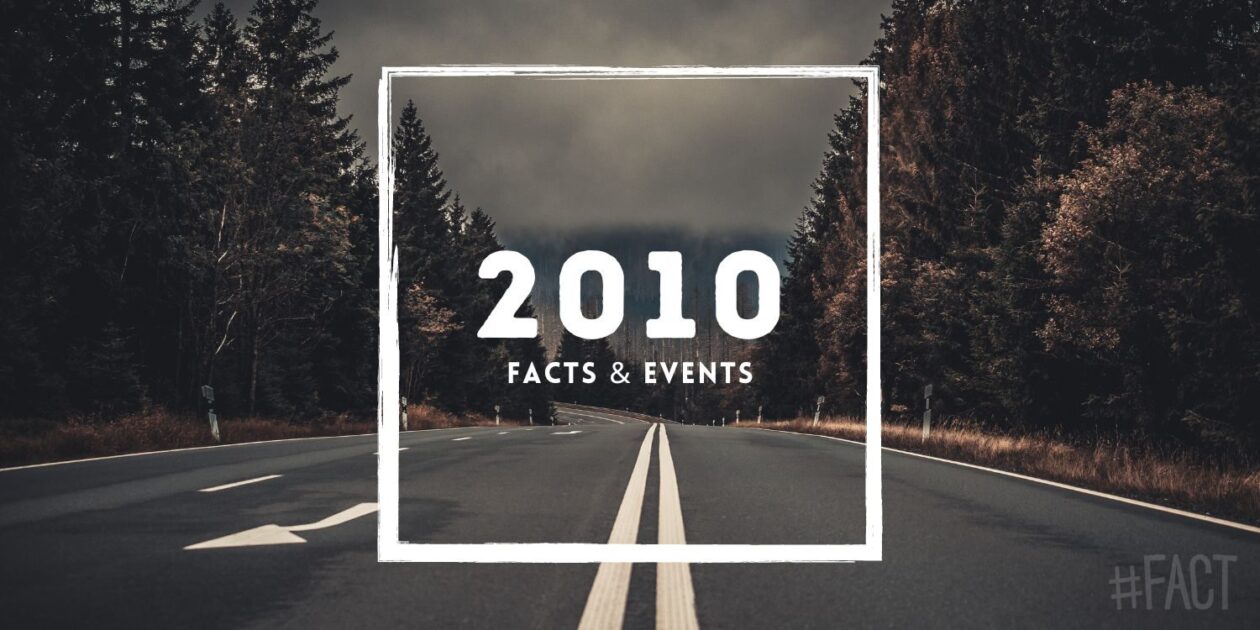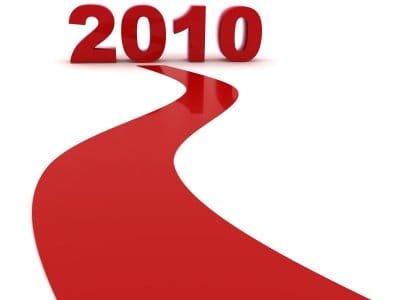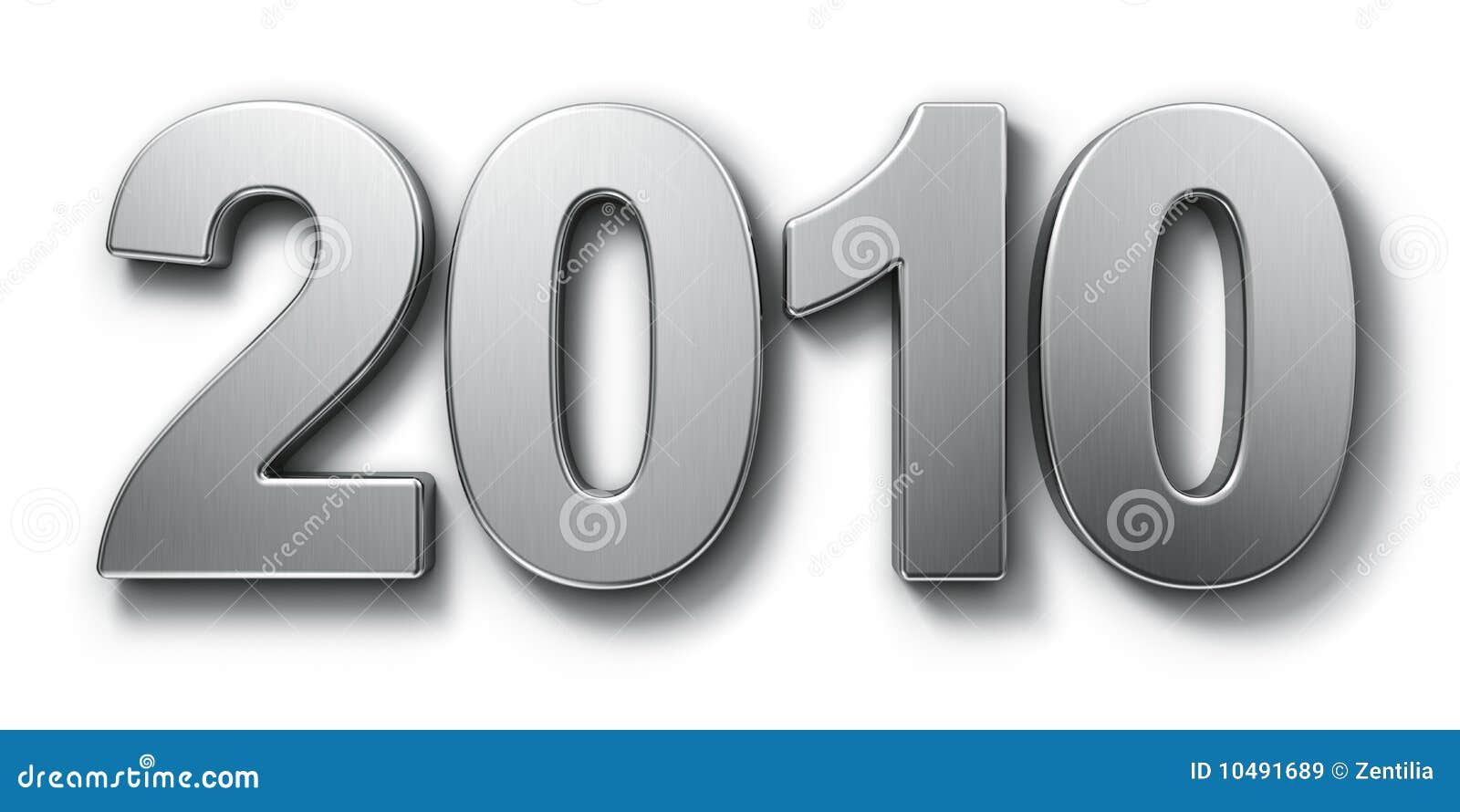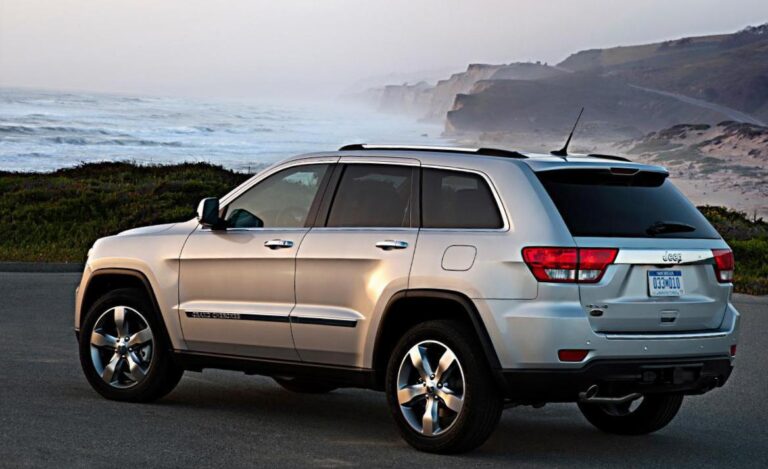2010 Jeep Wrangler 2 Door Exhaust: A Comprehensive Guide to Performance, Sound, and Durability
2010 Jeep Wrangler 2 Door Exhaust: A Comprehensive Guide to Performance, Sound, and Durability jeeps.truckstrend.com
The exhaust system of your 2010 Jeep Wrangler 2-Door (JK generation) is far more than just a pipe that vents fumes. It’s a critical component that impacts your vehicle’s performance, fuel efficiency, emissions, and perhaps most importantly for a Jeep, its distinctive sound. For owners of the venerable 2010 JK, understanding this system is crucial, whether you’re dealing with a failing stock setup, seeking to uncork more power from the 3.8L V6 engine, or simply aiming for a more aggressive exhaust note that truly embodies the spirit of your iconic off-roader. This comprehensive guide will delve into every aspect of the 2010 Jeep Wrangler 2-Door exhaust, from its stock configuration to the myriad of aftermarket options available.
Understanding the Stock 2010 JK 2-Door Exhaust System
2010 Jeep Wrangler 2 Door Exhaust: A Comprehensive Guide to Performance, Sound, and Durability
The factory exhaust system on a 2010 Jeep Wrangler 2-Door is designed primarily for compliance with strict emissions regulations, noise reduction, and cost-effectiveness. It’s typically constructed from aluminized steel, which offers decent corrosion resistance but is susceptible to rust over time, especially in areas exposed to road salt or harsh climates.
Key Components of the Stock System:
- Exhaust Manifolds: Located at the engine, these collect exhaust gases from the cylinders.
- Catalytic Converters: The 2010 JK features multiple catalytic converters (often two pre-cats and one main cat) responsible for converting harmful pollutants into less toxic gases. Oxygen (O2) sensors are strategically placed before and after these converters to monitor efficiency.
- Resonator (if present): A chamber designed to cancel out specific sound frequencies, reducing drone and overall noise. Not all JK models had a separate resonator.
- Muffler: The primary noise-dampening component, designed to quiet the exhaust note significantly. It’s typically a chambered design, which is effective at noise reduction but can restrict exhaust flow.
- Tailpipe: The final section of the exhaust system, directing gases out from under the vehicle. On the 2-door JK, the tailpipe is usually tucked up relatively high to aid in off-road departure angles.

While the stock system is reliable and meets all regulatory requirements, it’s also known for being quite restrictive, limiting the potential power output of the 3.8L V6, and offering a relatively subdued exhaust note.
Reasons for Exhaust System Modification or Replacement
Jeep owners often consider replacing or modifying their exhaust system for several compelling reasons:
- Corrosion and Damage: This is perhaps the most common reason. Over time, particularly in rust-prone environments or after repeated exposure to water and mud during off-roading, the aluminized steel components can rust through, leading to leaks, increased noise, and potentially failed inspections. Off-road impacts can also dent or tear pipes and mufflers.
- Performance Enhancement: The 3.8L V6 benefits from improved exhaust flow. A less restrictive aftermarket system (especially a "cat-back" or "header-back" setup) can reduce back pressure, allowing the engine to "breathe" more easily. This can translate to modest gains in horsepower and torque, improved throttle response, and potentially better fuel economy (though actual gains vary and are often more noticeable when combined with other modifications like a cold air intake or tuner).
- Sound Enhancement: Many Jeep enthusiasts desire a more aggressive, deeper, or louder exhaust note that better matches the rugged image of their vehicle. Aftermarket mufflers and systems are specifically designed to produce a more desirable acoustic profile.
- Improved Ground Clearance/Off-Road Capability: The stock muffler, located at the rear, can be vulnerable to impacts when navigating challenging trails. Some aftermarket systems, particularly "muffler relocation" or "high-clearance" kits, move the muffler forward or to a less exposed position, significantly improving the departure angle and reducing the risk of damage.
- Weight Reduction: While not a primary concern for most, some performance-oriented stainless steel systems can be lighter than the stock aluminized steel setup.


Types of Aftermarket Exhaust Systems for the 2010 JK 2-Door
The aftermarket offers a wide array of exhaust options for your 2010 Jeep Wrangler 2-Door, catering to different needs and budgets:
-
Axle-Back Systems:
- Description: These systems replace only the muffler and the tailpipe section, starting from just behind the rear axle.
- Pros: Most affordable and easiest to install. Primarily changes the exhaust sound.
- Cons: Minimal performance gains as they don’t address the more restrictive upstream components.
- Ideal for: Owners primarily looking for a sound upgrade without significant performance aspirations or major budget.
-
Cat-Back Systems:
- Description: The most popular aftermarket option, replacing everything from the catalytic converter(s) back to the tailpipe. This includes new piping, a new muffler, and a new tailpipe.
- Materials:
- Aluminized Steel: Similar to stock, cost-effective but less corrosion resistant.
- 409 Stainless Steel: Better corrosion resistance than aluminized steel, good balance of price and durability.
- 304 Stainless Steel: The highest quality, offering superior corrosion resistance and durability, but also the most expensive. Ideal for harsh climates or serious off-roaders.
- Configurations: Most commonly single-exit, but some dual-exit options exist (though less practical for 2-door JKs due to space and off-road vulnerability).
- Muffler Types:
- Chambered: Uses internal baffles to reduce sound, often producing a deeper, rumbling tone. Can still be somewhat restrictive.
- Straight-Through (Perforated Core): Less restrictive, allowing for better flow and often a louder, more aggressive sound. Can sometimes lead to more interior "drone" at certain RPMs.
- Pros: Good balance of sound, performance gains, and durability (depending on material).
- Cons: More expensive and complex to install than axle-back systems.
- Ideal for: Owners seeking noticeable improvements in both sound and modest performance, with varying budgets.
-
Muffler Relocation/High-Clearance Kits:
- Description: These kits typically involve removing the large rear muffler and replacing it with a smaller, more compact muffler that is relocated further forward, often under the passenger seat or near the transfer case. The tailpipe is then rerouted for high clearance.
- Pros: Dramatically improves departure angle and ground clearance, virtually eliminating rear exhaust damage on trails.
- Cons: Can be louder, potentially leading to increased drone inside the cabin. Installation can be more involved. May require heat shielding for relocated muffler.
- Ideal for: Serious off-roaders who frequently encounter obstacles that threaten the stock muffler.
-
Headers/Exhaust Manifolds:
- Description: These replace the factory exhaust manifolds with performance headers, designed for improved exhaust gas scavenging from the engine cylinders. They are typically paired with an aftermarket cat-back system for maximum benefit.
- Pros: Most significant performance gains by improving flow directly from the engine.
- Cons: Most expensive option, complex installation (often requiring professional help), and can sometimes affect emissions compliance depending on design and local laws (especially if catalytic converters are altered or removed, which is illegal for street use).
- Ideal for: Enthusiasts building a highly tuned JK for maximum power, willing to invest significant time and money.
Key Considerations When Choosing an Exhaust System
Before making a purchase, consider these crucial factors:
- Material (Durability vs. Cost):
- Aluminized Steel: Cheapest, least durable against rust.
- 409 Stainless Steel: Good compromise, better rust resistance for a reasonable price.
- 304 Stainless Steel: Best rust resistance, lifetime durability, but highest cost. If you live in a corrosive environment or plan to keep your Jeep for a long time, 304 SS is worth the investment.
- Sound Level and Tone: Listen to sound clips (YouTube is a great resource) of different systems on a 2010 JK 3.8L. What sounds good to one person might be too loud or "droney" for another. Consider if you want a subtle rumble, an aggressive roar, or something in between.
- Performance Gains: Be realistic. A cat-back alone won’t add 50 horsepower. Gains are usually modest (5-15 hp) and often more about improved throttle response and torque delivery.
- Ground Clearance: If you off-road, prioritize systems that are tucked up high and don’t protrude excessively. Muffler relocation kits are excellent for this.
- Emissions Compliance: Cat-back systems typically don’t affect emissions as they retain the catalytic converters. However, replacing or modifying catalytic converters or headers can impact emissions and may not be street legal in all areas. Always check local regulations.
- Budget: Exhaust systems range from a few hundred dollars for an axle-back to well over a thousand for a full 304 SS cat-back or headers.
- Installation: Some systems are simple bolt-on affairs, while others may require cutting the old exhaust or professional welding.
Installation Guide (General Steps for Cat-Back System)
While specific steps vary by manufacturer, here’s a general outline for installing a cat-back exhaust system on your 2010 JK 2-Door:
- Safety First: Park the Jeep on a level surface. Use jack stands to safely support the vehicle if lifting it. Wear appropriate safety gear, including eye protection. Allow the exhaust to cool completely.
- Lubricate Hardware: Spray penetrating oil on all nuts, bolts, and rubber hangers. Let it soak for a few minutes.
- Remove the Old System:
- Unbolt the exhaust from the catalytic converter flange (often two bolts).
- Carefully remove the exhaust from its rubber hangers. A pry bar or specialized exhaust hanger removal tool can help.
- You may need to cut the old exhaust into sections to remove it, especially if it’s rusted or a single piece.
- Prepare New Components: Lay out the new exhaust components to ensure you have all parts and understand the assembly order.
- Install New System:
- Start from the front (flange near the catalytic converter). Loosely attach the first pipe section using new gaskets and hardware (if provided).
- Attach the next section, connecting it to the first and securing it with clamps or bolts, again leaving them loose.
- Work your way back, attaching the muffler, then the tailpipe, securing each piece to its hangers.
- Ensure all components are aligned and have proper clearance from the frame, suspension, and body.
- Final Tightening: Once everything is in place and aligned, progressively tighten all clamps and bolts, starting from the front. Double-check all connections.
- Check for Leaks: Start the engine and listen for any hissing or blowing sounds, which indicate leaks. A common trick is to run a gloved hand around the connections to feel for escaping gases (be careful, it will be hot!). If leaks are present, tighten connections or re-adjust.
- Break-In: Some systems may require a short break-in period where the exhaust sounds might change slightly as carbon builds up.
Maintenance and Troubleshooting
- Regular Inspection: Periodically check your exhaust system for signs of rust, cracks, loose hangers, or dents, especially after off-roading.
- Listen for Changes: Any new rattling, hissing, or excessive noise can indicate a problem (e.g., loose connection, cracked pipe, failing muffler).
- O2 Sensor Codes: If you replace catalytic converters or heavily modify the exhaust, you might trigger "Check Engine" lights related to O2 sensors. This often requires a professional diagnosis or, in some cases, a custom tune.
- Exhaust Drone: This is a common complaint with aftermarket systems, a low-frequency hum inside the cabin at certain RPMs. It’s often worse with straight-through mufflers. Some manufacturers design systems to minimize drone, and resonators can be added to combat it.
Practical Advice and Actionable Insights
- Define Your Priorities: Before you even look at products, decide what’s most important to you: sound, performance, clearance, durability, or budget? This will narrow down your options significantly.
- Read Reviews and Watch Videos: Don’t rely solely on manufacturer claims. Search for reviews and sound clips from other 2010 JK 2-door owners to get real-world feedback.
- Consider Your Driving Habits: If your Jeep is a daily driver, a super loud system might become annoying. If it’s a dedicated trail rig, clearance and durability are paramount.
- Don’t Skimp on Gaskets and Hardware: Always use new, high-quality gaskets and bolts for a leak-free seal.
- Professional Installation: While many cat-back systems are DIY-friendly, consider professional installation for more complex jobs like headers or if you lack the proper tools or experience. It ensures proper alignment and sealing.
Estimated Price Table for 2010 Jeep Wrangler 2 Door Exhaust Components
Please note that these are estimated price ranges as of late 2023 / early 2024 and can vary significantly based on brand, material, retailer, sales, and specific model features. Installation costs are separate.
| Component Type | Material / Description | Estimated Price Range (USD) | Notes |
|---|---|---|---|
| Stock Replacement Muffler | Aluminized Steel, OEM-style | $100 – $250 | Direct bolt-on, restores original sound and function. |
| Axle-Back Exhaust System | Aluminized Steel or 409 Stainless Steel | $200 – $450 | Replaces muffler and tailpipe. Primarily for sound change. Easiest DIY install. |
| Cat-Back Exhaust System | Aluminized Steel | $350 – $700 | Good value, decent sound/performance upgrade, but susceptible to rust over time. |
| Cat-Back Exhaust System | 409 Stainless Steel | $500 – $900 | Better corrosion resistance than aluminized, good balance of performance, sound, and durability. |
| Cat-Back Exhaust System | 304 Stainless Steel | $800 – $1,500+ | Best corrosion resistance and durability, ideal for harsh environments or long-term ownership. Premium option. |
| Muffler Relocation Kit | Steel or Stainless Steel (often specific muffler included) | $250 – $600 | Primarily for off-road clearance. May require custom fabrication for routing or heat shielding. |
| Performance Headers | Steel or Stainless Steel | $400 – $1,000+ (per pair) | Significant performance potential, but complex installation. May require custom tuning and impact emissions. Excludes catalytic converters typically. |
| High-Flow Catalytic Converter | Aftermarket, Universal or Direct-Fit | $150 – $500+ (per converter) | For replacing clogged or damaged stock cats. Ensure it’s OBDII compliant. Legal restrictions apply for street use; check local laws. |
| Professional Installation | Basic Cat-Back | $150 – $400 | Varies by shop and complexity. More complex installs (headers, custom work) will be significantly higher. |
Frequently Asked Questions (FAQ) about 2010 Jeep Wrangler 2 Door Exhaust
Q1: Will an aftermarket exhaust void my Jeep’s warranty?
A1: For a 2010 model, the factory warranty is likely expired. However, generally, a cat-back exhaust system will not void your powertrain warranty as it doesn’t modify the engine’s core components or emissions control devices (catalytic converters, O2 sensors). Modifications to headers or catalytic converters could potentially affect warranty coverage on related components if they are proven to cause a failure.
Q2: Do I need a tune after installing an aftermarket exhaust?
A2: For most axle-back or cat-back exhaust systems, a dedicated tune is not required. The engine’s computer (PCM) can usually adapt to the slightly increased airflow. However, if you install performance headers or significantly alter the catalytic converter setup, a custom tune may be necessary to optimize performance, prevent "Check Engine" lights, and ensure proper air/fuel ratios.
Q3: What is "exhaust drone" and how can I avoid it?
A3: Exhaust drone is a low, resonant humming sound that can occur inside the cabin at specific RPM ranges (often highway cruising speeds). It’s caused by sound waves reverberating. To avoid it, look for exhaust systems specifically designed to minimize drone, often featuring integrated resonators or advanced muffler designs. Reading reviews and listening to sound clips can help identify systems prone to drone.
Q4: Is a dual exhaust system good for a 2-door JK?
A4: Dual exhaust systems are generally less practical and popular for 2-door JKs. They add complexity, weight, and often reduce ground clearance significantly, which is detrimental for off-roading. The 3.8L V6 doesn’t inherently benefit enough from true dual exhaust to justify the drawbacks, and a well-designed single exit system can offer excellent performance and sound.
Q5: Can I just remove my muffler for a louder sound?
A5: You can, but it’s generally not recommended. Removing the muffler (muffler delete) will make your Jeep very loud, potentially excessively so, and it will almost certainly cause significant exhaust drone inside the cabin. It might also be illegal in some areas due to noise ordinances. Furthermore, it offers minimal performance benefit compared to a proper aftermarket system.
Q6: How long does a stock 2010 Jeep Wrangler exhaust typically last?
A6: The lifespan varies greatly depending on climate and use. In dry climates, a stock aluminized steel exhaust might last 10-15 years or more. In areas with road salt, high humidity, or frequent off-road exposure to water, it could start showing significant rust and require replacement within 5-8 years.
Conclusion
The exhaust system of your 2010 Jeep Wrangler 2-Door is a key player in its overall character. Whether you’re addressing an aging, rusty factory setup or looking to unlock more performance and an aggressive sound, the aftermarket offers a robust selection of solutions. By carefully considering your priorities—be it durability, sound, ground clearance, or power—and understanding the different types of systems available, you can make an informed decision that truly enhances your Jeep experience. A well-chosen and properly installed exhaust system not only ensures your JK breathes freely and sounds fantastic but also contributes to its longevity and enjoyment, making every adventure on or off the road that much more exhilarating.


